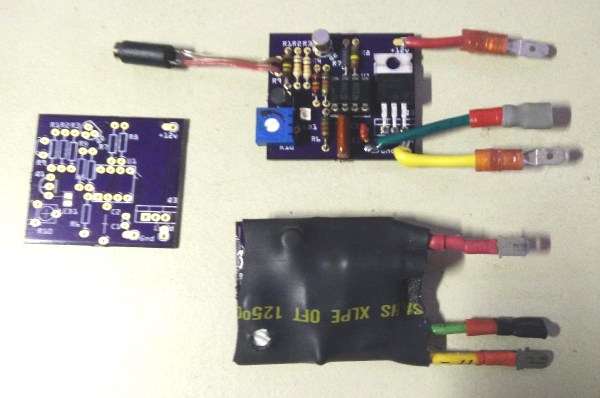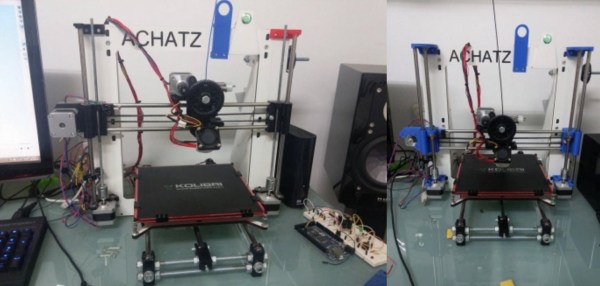Hot on the heels of the 2015 Hackaday prize, with its theme of “Build stuff that matters”, comes another opportunity for hackers to make a difference. But you’ve got to think like Mother Nature for the 2016 Biomimicry Global Design Challenge.
 The aim of this challenge is to transform the global food system using sustainable approaches that emulate natural process. Entries must address a problem somewhere in the food supply chain, a term that could apply to anything from soil modification to crop optimization to harvest and storage technologies. Indeed, the 2015 winner in the Student category was for a passive refrigeration system to preserve food in undeveloped areas. It’s a clever two-stage system that uses an evaporative cooling loop inspired by the way an elephant’s ears cool the giant beast, and by use of a wind-capturing funnel that mimics how animals as diverse as termites and meerkats cool their nests.
The aim of this challenge is to transform the global food system using sustainable approaches that emulate natural process. Entries must address a problem somewhere in the food supply chain, a term that could apply to anything from soil modification to crop optimization to harvest and storage technologies. Indeed, the 2015 winner in the Student category was for a passive refrigeration system to preserve food in undeveloped areas. It’s a clever two-stage system that uses an evaporative cooling loop inspired by the way an elephant’s ears cool the giant beast, and by use of a wind-capturing funnel that mimics how animals as diverse as termites and meerkats cool their nests.
In addition to the Student category, the challenge has an Open category for teams of any composition. Up to 10 teams will be selected from the Open category to proceed to the Accelerator phase, where they’ll receive support for a six to nine month development of their design into a marketable product. The winner will be awarded the $100,000USD Ray of Hope prize, endowed by the Ray C. Anderson Foundation.
We’d love to see someone from the Hackaday community take home the 2016 prize, and there are plenty of 2015 Hackaday Prize entries that may be eligible. The deadline for submissions is 11 May 2016, so get a team together and get to work.



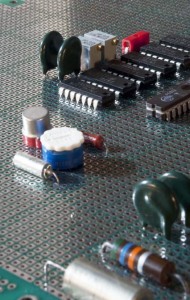
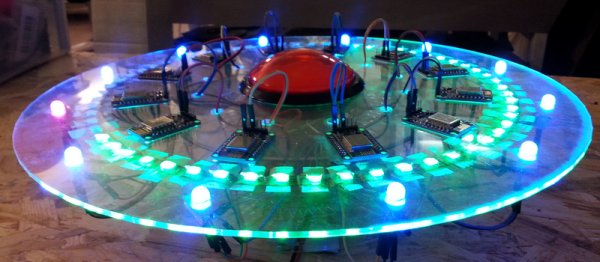
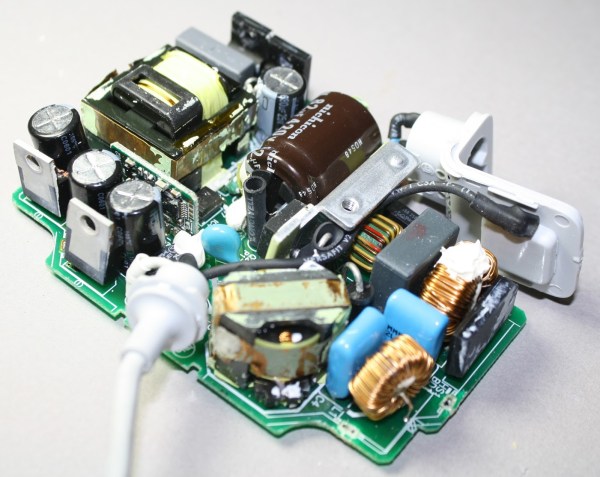
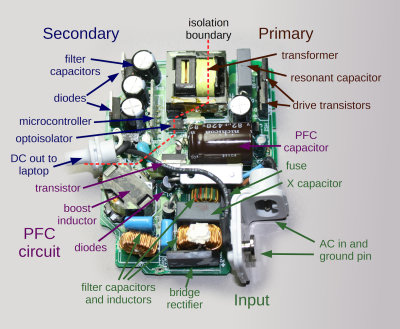

 The tablet is based upon an off-the-shelf embedded PC motherboard and touchscreen controller. [Dave] took some offense at the hacked up USB connector on the touchscreen. We have to disagree with [Dave] a bit here, as the video seems to show that a standard mini-b connector wouldn’t have fit inside the tablet’s case. There’s no excuse for the USB cable shield draped over the bare touch controller board though. Things go downhill from there. The tablet’s power supply is best described as a bizarre mess. Rather than use a premade DC to DC converter, whoever built this spun their own switch mode power supply on a home etched board. The etching job looks good, but everything else, including the solder job, is beyond terrible. All the jumps and oddly placed components make it look like a random board from the junk bin was used to build this supply.
The tablet is based upon an off-the-shelf embedded PC motherboard and touchscreen controller. [Dave] took some offense at the hacked up USB connector on the touchscreen. We have to disagree with [Dave] a bit here, as the video seems to show that a standard mini-b connector wouldn’t have fit inside the tablet’s case. There’s no excuse for the USB cable shield draped over the bare touch controller board though. Things go downhill from there. The tablet’s power supply is best described as a bizarre mess. Rather than use a premade DC to DC converter, whoever built this spun their own switch mode power supply on a home etched board. The etching job looks good, but everything else, including the solder job, is beyond terrible. All the jumps and oddly placed components make it look like a random board from the junk bin was used to build this supply.